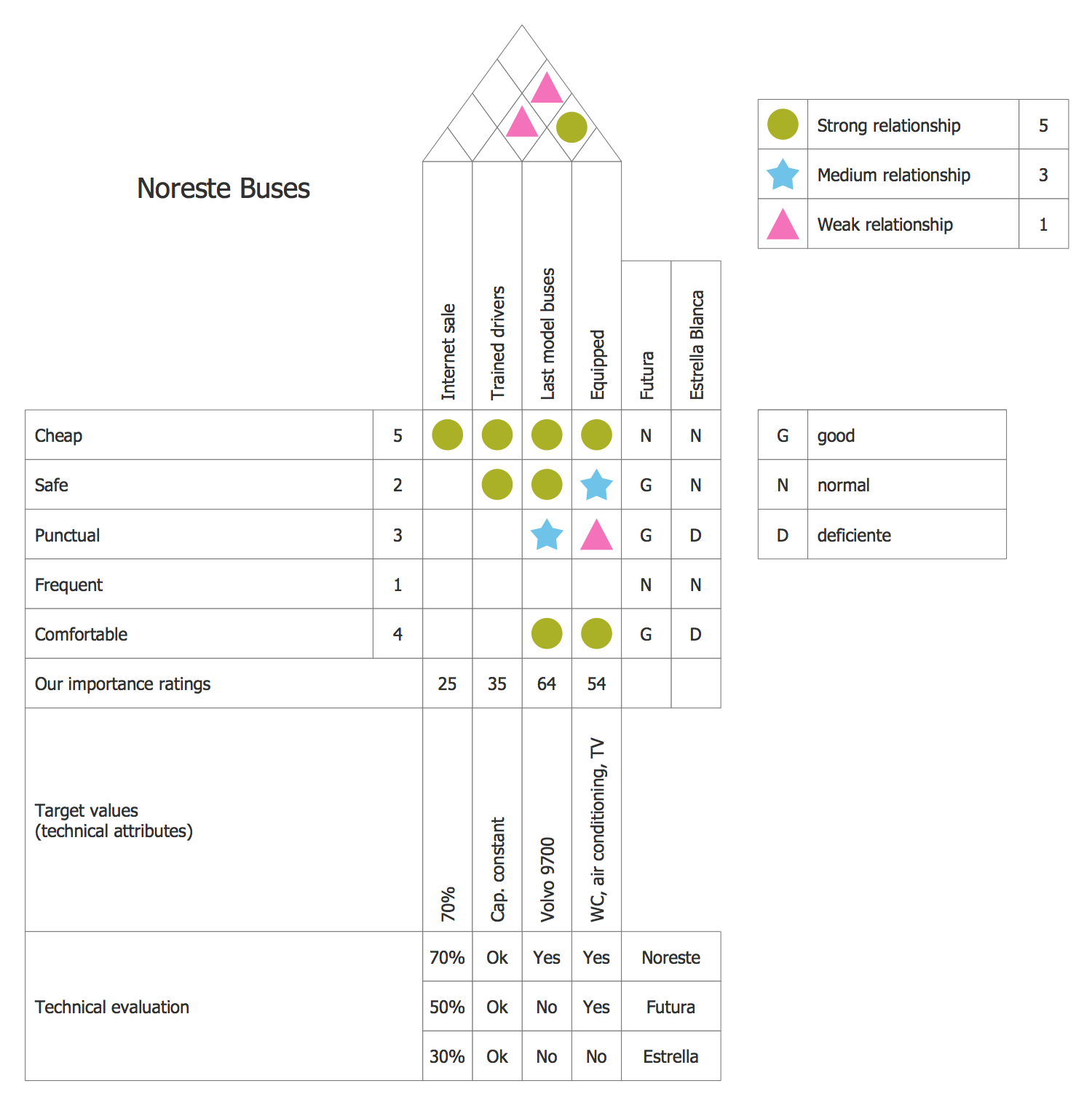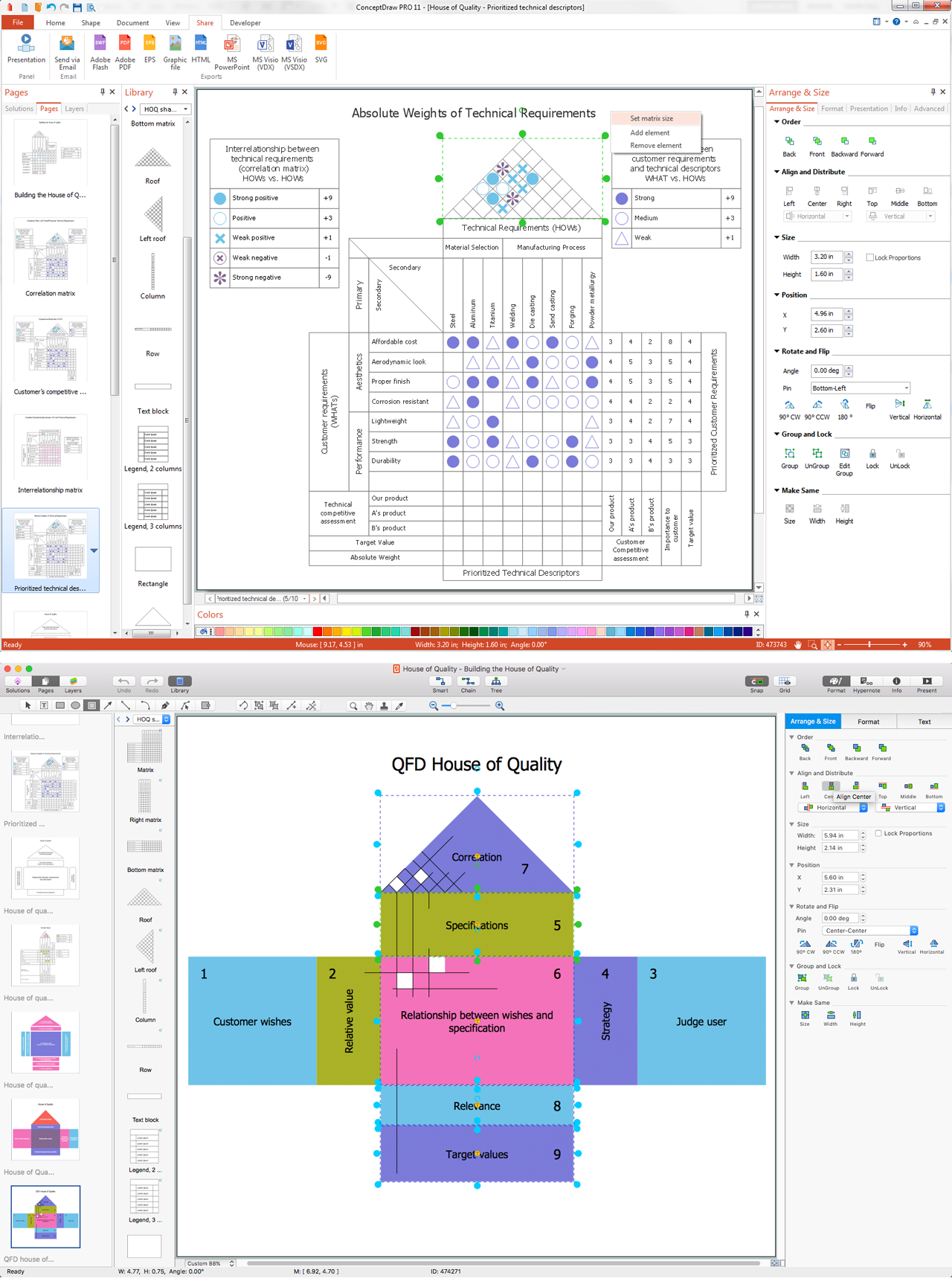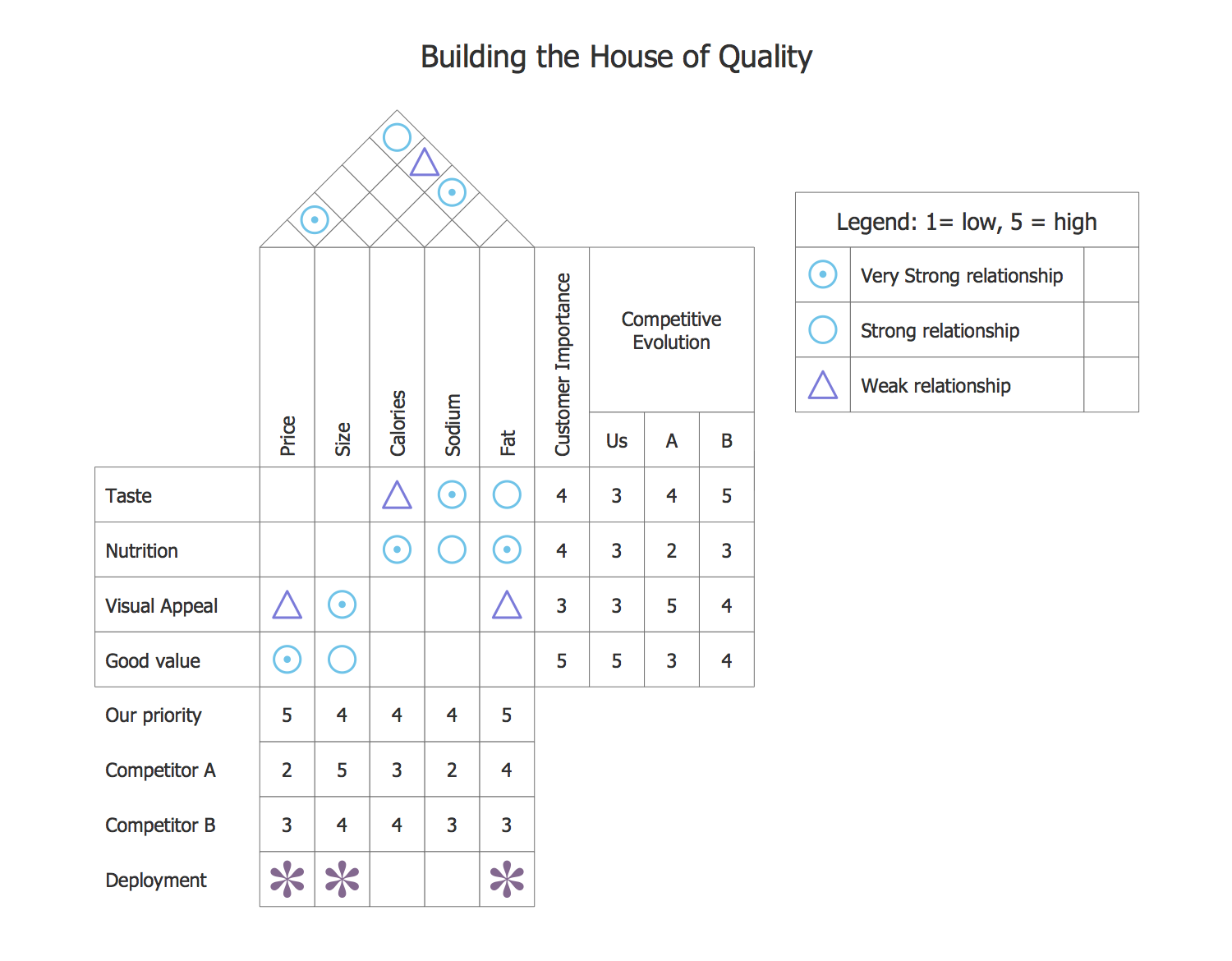Quality Function Deployment
There are many different methods used in the product engineering field of business activity, such as the Quality function deployment one. It was developed in Japan in order to help transform the so-called “voice of the customer”, or simply “VOC”, into some particular engineering characteristics for a product.
The mentioned term “voice of the customer” is widely used in business and IT. It helps describe the in-depth process of capturing the customers’ expectations, same as the preferences and different versions. Being one of the widely used market research techniques, the Voice of the Customer produces a detailed set of both customers’ wants and customers’ needs, which can be organized into some definite hierarchical structure.
Once the process of defining is finished, the previously mentioned set can be prioritized due to the relative satisfaction and importance of the available alternatives. Voice of the Customer studies are known for consisting of both quantitative and qualitative research steps. They are usually conducted at the start of any new process, service or product design initiative in order to understand the customer's needs and wants better. It is also known as the key input for new product definition as well as the setting of the detailed design specifications.
There are many techniques that are widely used for gathering all the needed information. The focus groups, individual interviews, the ethnographic and contextual inquiry techniques are most popular ones. All of them are known for involving a series of the so-called structured in-depth interviews. Such interviews are known for focusing on the customer's experience with some particular products or alternatives within the category under consideration. Needs statements can be extracted, organized into a more usable hierarchy and prioritized by the customers after.
It is critical for any product development team to be involved in the process of developing the new products taking into consideration all the customers’ needs or, at least, the more the better of them. Such executors must be those who take care of defining the topic, designing the samples, generating the questions and processing as well as extracting the needs’ statements.

Pic. 1. House of Quality of Buses
The house of quality is a well-known part of quality function deployment that identifies as well as classifies all the customers’ needs, desires and wishes, identifying the importance of such need, desires and wishes. It is also very important to identify all the needed engineering characteristics which may be referred to the previously mentioned needs, desires and wishes. Finding the right people, responsible for verifying of the needed correlations as well as assigning the priorities and objectives for the system requirements is another task of any well-experienced manager.
The final output of the house of quality can be a quality function deployment drawing, such as a house of quality matrix where the customer desires are mentioned on one dimension and all the correlated nonfunctional requirements are on the other one. The previously mentioned non-functional requirement is a well-known term within such field of business as engineering — both systems and requirements one. It is known to be a requirement that specifies one or a few criteria that can be used for judging the operations of a system. It does not judge the specific behaviors though. The non-functional requirements are known to be contrasted with the functional requirements that are known to be defining the functions of some systems or their components and so they define some specific functions or behavior. Any function can be described as a set of inputs, the outputs and the behavior. Any plan used for implementing the functional requirements is known to be detailed within any system design. At the same time, any plan that is used for implementing the non-functional requirements is known to be detailed in the system architecture, being the so-called Architecturally Significant Requirements. All the functional requirements are known for defining what a system is expected to do and all the non-functional ones — about how such system can do what is expected of it. All the system's overall properties can mark the difference in understanding if the development project has failed or succeeded. Non-functional requirements can also be called as the "quality attributes" of some system. There are also other terms for non-functional requirements, which are "quality goals", "qualities", "quality of service requirements", "non-behavioral requirements", "constraints", etc. Such non-functional requirements can be always divided into two major categories — the execution and the evolution ones. The execution qualities are security, usability and safety. They can be observable during some operation. While evolution qualities are maintainability, extensibility, testability and scalability. They are known to be embodied in the static structure of the system.
Pic. 2. House of Quality solution
There are a few more articles on this site where you can read about the quality function deployment as well as other related terms. In case, the quality function deployment drawings need to be made, such as the HOQ diagrams and HOQ matrices, you can always create them with the help of the ConceptDraw DIAGRAM diagramming and drawing software. Once the task of designing the House of Quality should be done within a short period of time, then the House of Quality solution from another product of CS Odessa — ConceptDraw STORE — might be really useful for creating the needed drawing as it offers a set of the stencil elements as well as the pre-made examples of the HOQ as well as the quality function deployment-related drawings that can be used as drafts for making the unique matrices and diagrams.